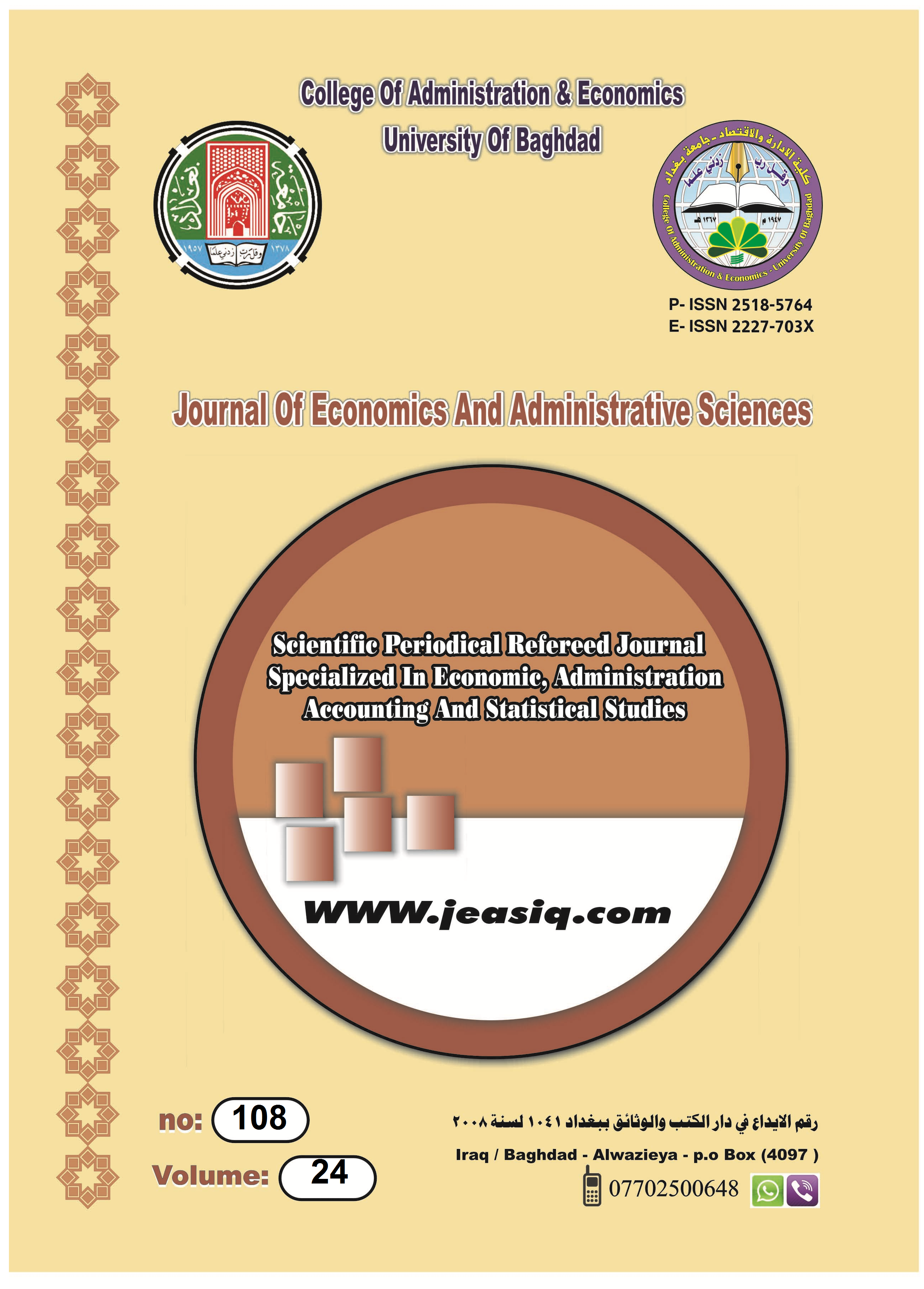Comparison of Multistage and Numerical Discretization Methods for Estimating Parameters in Nonlinear Linear Ordinary Differential Equations Models.
DOI:
https://doi.org/10.33095/jeas.v24i108.1344Keywords:
القطاع المالي – اتفاقيةGATS – منظمة التجارة العالميةAbstract
Many of the dynamic processes in different sciences are described by models of differential equations. These models explain the change in the behavior of the studied process over time by linking the behavior of the process under study with its derivatives. These models often contain constant and time-varying parameters that vary according to the nature of the process under study in this We will estimate the constant and time-varying parameters in a sequential method in several stages. In the first stage, the state variables and their derivatives are estimated in the method of penalized splines(p- splines) . In the second stage we use pseudo lest square to estimate constant parameters, For the third stage, the remaining constant parameters and time-varying parameters are estimated by using a semi-parametric regression model and then comparing this method with methods based on numerical discretization methods, which includes two stages. In the first stage we estimate the state variables and their derivatives by (p spline) , In the second stage we use Methods of numerical discretization methods (the Euler discretization method and the trapezoidal discretization method), where the comparison was done using simulations and showed the results superior to the trapezoidal method of numerical differentiation where it gave the best estimations to balance between accuracy in estimation And high arithmetic cost.
Downloads
Published
Issue
Section
License

This work is licensed under a Creative Commons Attribution-NonCommercial-NoDerivatives 4.0 International License.
Articles submitted to the journal should not have been published before in their current or substantially similar form or be under consideration for publication with another journal. Please see JEAS originality guidelines for details. Use this in conjunction with the points below about references, before submission i.e. always attribute clearly using either indented text or quote marks as well as making use of the preferred Harvard style of formatting. Authors submitting articles for publication warrant that the work is not an infringement of any existing copyright and will indemnify the publisher against any breach of such warranty. For ease of dissemination and to ensure proper policing of use, papers and contributions become the legal copyright of the publisher unless otherwise agreed.
The editor may make use of Turtitin software for checking the originality of submissions received.


























